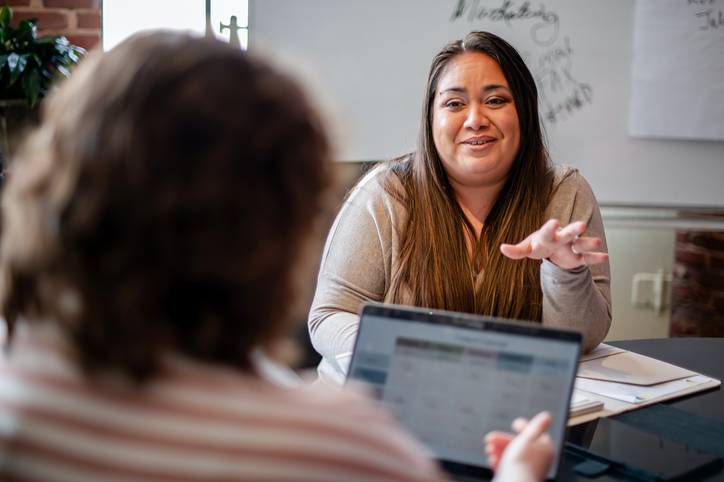Change Agents: Tech & Learning’s Most Influential People in EdTech In 2018
Each of these education leaders is working in thoughtful and creative ways on the frontlines of some of today’s most pressing issues—from the way we think about learning, Artificial Intelligence, and innovation to gun control, refugees, and student privacy.

Each of these leaders is working in thoughtful and creative ways on the frontlines of some of today’s most pressing issues—from the way we think about learning, AI, and innovation to gun control, refugees, and student privacy.
DEMITRI HOTH

Out of the most harrowing circumstances, Marjory Stoneman Douglas High School senior Demitri Hoth emerged as a passionate and dynamic leader for change. Hoth is cofounder and president of Students Speak Up (SSU), a nonprofit formed through the power of technology to promote civic engagement among youth to empower them to speak up to change gun laws. Hoth brings diverse skills, including graphic and Web design and social media marketing, to his work for this critical cause. He also brings what he calls the “underestimated power” of his generation to leverage their native milieu, the virtual world, to organize and effect change.
His generation, Hoth says, has “used technology and underestimation to our advantage. Adults tend to underestimate the younger generation, thinking that we don’t know what we’re doing, but I for one have used Facebook ads and Google AdWords to promote SSU. Knowing how to utilize this technology has allowed me to level the playing field.” While adults may know how to use social media, he says, they haven’t been immersed in it their whole lives. “The second a new trend changes, our generation is the first to know about it, before adults. Using social media to rally the nation virtually is something adults wouldn’t have thought of, because that isn’t their world—it’s ours.”
As survivors of the mass shooting at the Florida school that took the lives of 17 people, Hoth, together with fellow-student Samantha Hysa and teacher Gregory Pittman, aim to share resources as well as knowledge of media relations, political engagement, and civic galvanization with students. Hoth says that the support teachers give is fundamental for student success. “I believe it is in the best interest of teachers to allow kids to form more independent opinions by giving them all of the facts,” he says. “Teachers need to act as enablers to the independence and critical thinking of their students, not as inhibitors.”
SSU offers help with networking and gathering accurate information as well as with initiatives including letter-writing campaigns, voter registration drives, and organizing rallies. Using the hashtags #StudentsSpeakUp, #GetLoud, and #SSUGetloud can help spread awareness.
MURSAL HEDAYAT
Tools and ideas to transform education. Sign up below.
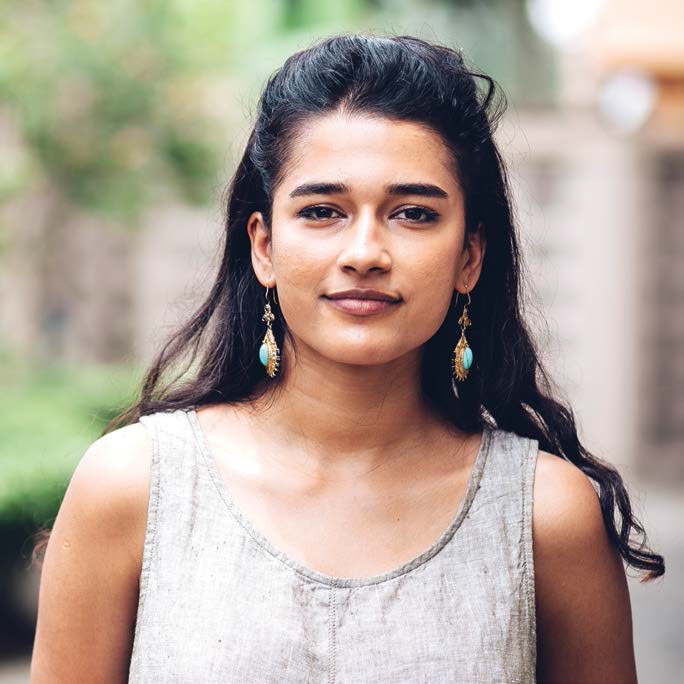
Mursal Hedayat, multi-award-winning entrepreneur, founder of Chatterbox, and a former refugee to the UK from Afghanistan, advises young entrepreneurs to identify big problems that are worth investing their time and energy in to solve. Hedayat is leading the way in this new genre of social enterprise with Chatterbox, a platform that offers meaningful employment for refugees by connecting their expertise with the global need for language tutors.
Hedayat has many inspiring stories to tell about how Chatterbox has already made an impact in the lives of refugees. Through this work these men and women have able to help others, use their skills and training, and provide for themselves and their families. And the work of these tutors has in turn transformed students, who are growing not only in confidence and knowledge in language learning, but also in understanding and motivation. As students hear the inspirational stories of their tutors and get to know these articulate, intelligent people, Hedayat sees hope in the midst of a worryingly toxic climate in which refugees are so often mischaracterized. It’s a pressing and growing global issue. “The framework for human rights that gives refugees the same rights we have,” Hedayat says, “is an insurance policy for us all. It’s easy to lose sight of the fact that we are all one red button away from becoming refugees ourselves.”
Chatterbox offers excellent instruction for language learners—from online tutoring for individuals and groups, including Skype sessions for young students in classrooms around the world, to conversational practice to supplement and accelerate classroom language learning for university students and others who want to learn. Chatterbox also delivers introductory courses in many different languages, including Arabic and Persian, which are not found in most curricula but are increasingly important languages for people to learn. Chatterbox is receiving rave reviews at many schools and top universities across the UK, and Hedayat would love to extend that reach to elementary and high-school classrooms, as well as higher education, across the US.
Chatterbox is offering a special discount for Tech & Learning readers. Enter the code TECH&LEARNING to receive five percent off Chatterbox lessons at wearechatterbox.org/
AMELIA VANCE
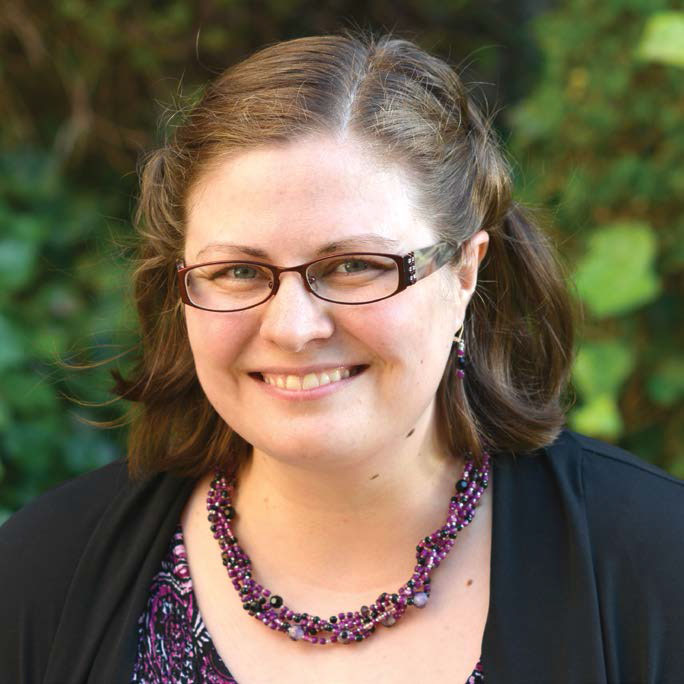
“Probably the biggest thing educators need to know is that humans are the weakest link in data security,” says Amelia Vance, director of education privacy at the Future of Privacy Forum (FPF). The vast majority of breaches are due to accidental and preventable mistakes. “It’s important that everyone who has access to data is trained properly to use and protect it,” Vance says. But as the debates rage, new laws proliferate, and technology continues to advance at breakneck speed, the good news is that there are a ton of resources available for educators.
FPF’s brief is to equip stakeholders with actionable solutions to privacy concerns, and Vance is justifiably proud of their education privacy resource site, FERPA|Sherpa. Users can search for resources by tag, audience, and even type (e.g., infographics or videos). FPF will also launch a new training initiative, addressing educators’ top questions, sometime this fall. The Student Privacy Pledge, a collaboration between FPF and SIIA, is a code of conduct for edtech companies aimed at raising awareness and encouraging clear articulation of privacy policies. “It’s incredibly complicated,” Vance says, “and it shouldn’t be. Teachers should be able to take advantage of these amazing tools for student learning without the burden of having to interpret privacy laws.” She notes that companies like ClassDojo are leading the way with a plain-English “translation” of their privacy policy formatted in a Q&A format.
Another major emerging issue, Vance says, is finding “the really delicate balance between ensuring school safety and security and student privacy.” The key is getting buy-in from communities. “Everyone I’ve met,” she says, “from educators and district administrators to companies and state providers, has come in with the primary intention of helping kids succeed. With this valuable goal in common, it’s a matter of asking the right questions and finding the resources they need to answer those questions.”
MEG ORMISTON
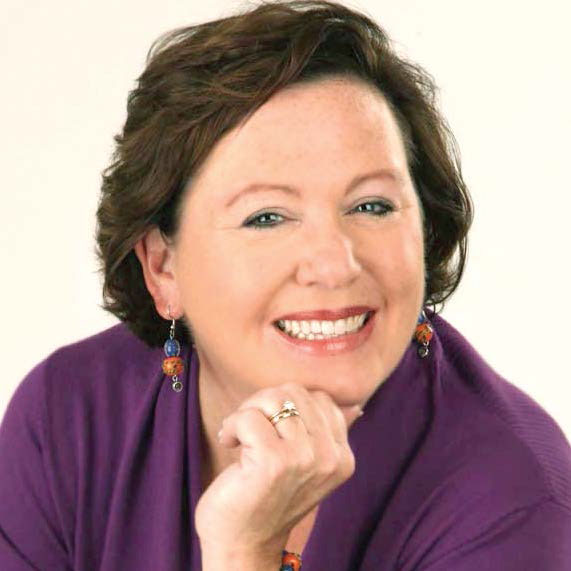
“As I coach in classrooms, travel internationally, and lead professional development, I see school hallways near and far filled with cookie-cutter projects,” says educational technology specialist Meg Ormiston. “We’re ‘over-rubricing’ our students and baking out their creative approach to tackling real-world problems.” But educators need to be preparing students for college and career by focusing on the 4Cs. “We just can’t wait,” she says. “Change has to be made now.”
Always start with teaching and learning—and add technology if it fits the lesson, Ormiston says. She sees teachers who are using technology well, ineffectively, and not at all. To help educators bridge this edtech disconnect, Ormiston brought together a team of 26 “rock-star educators” to co-author the NOW Classrooms series of five practical, research-based, and grade-banded books.
Ormiston is witnessing extraordinary changes with this approach. She began working with Maercker School District near Chicago about five years ago, and now she watches their daily success on Twitter (#D60learns). Their student projects focus on the learning standard, and then the ISTE standard. When she visited their grades 3–5 school recently, about half the students gave up lunch and recess for five sessions to try a new coding curriculum called EduCode. “Eating, collaborating, and coding, these students independently worked through the lessons at school and home and loved the challenge. This district has been transformed from a very teacher-centered instruction model to one where the 4Cs are in action. I’m so proud of all of them.”
Catch “There Is No Rubric for Your First Job!” at ISTE, a session Ormiston is leading with her son. For more information on the NOW Classrooms project, go to nowclassrooms.com/
ROSE LUCKIN
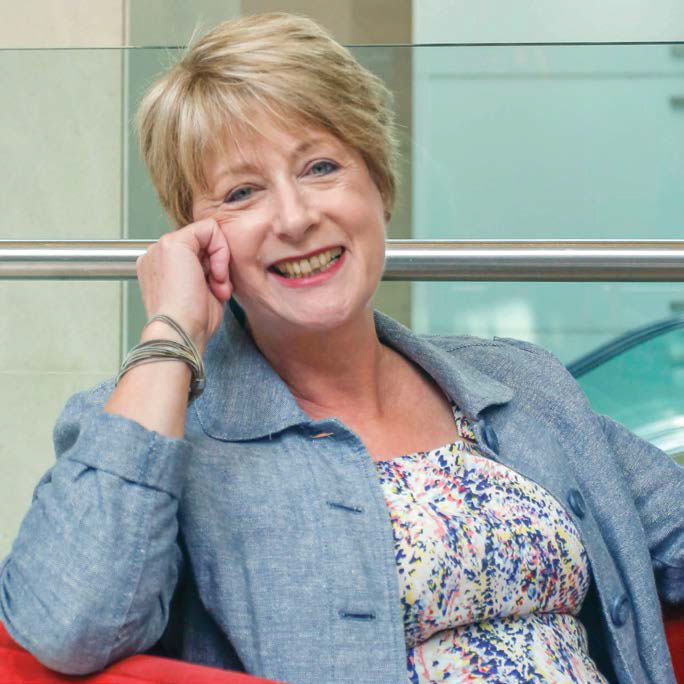
Now is the time, says University College London Institute of Education professor Rose Luckin, to adopt education systems that will help ensure that humans stay smarter than the computer systems we build. Luckin’s new book, Machine Learning and Human Intelligence: The Nature of Education for the 21st Century, poses crucial questions about the role of technology in teaching and learning.
Because we have built machines that can learn, retain, and access vast amounts of information more quickly and accurately than we can, Luckin advocates a foundational shift to an intelligence-based curriculum that reflects the rich complexity of human intelligence. “If we get the design and adoption of AI for use in education right, it will help us to understand our own progress as learners and teachers beyond increasing our knowledge and understanding of specific curricular subject areas to increasing our social, emotional, and physical intelligence too,” she says.
“The design of AI for education must be informed by what we know about how people learn, and it must involve educators as early as possible in the design process,” Luckin says. “Data is the new oil . . . it feeds AI to help us build smart technology. However, just like oil, data is crude until it is refined by well-designed AI, and the design of the AI we use in education needs to be very, very good indeed, because learning and human intelligence are extremely complex.”
DR. JENNIFER PARKER
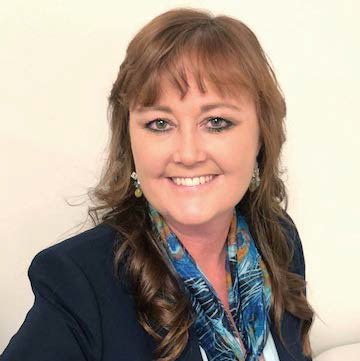
As the interactive learning, school data, and improvement consultant for Macomb (MI) Intermediate School District, Dr. Jennifer Parker provides professional development, training, and support for the effective use of technology to assist and inform instruction for 21 school districts in Macomb County (including 130,000 students and more than 10,000 staff ). Parker was recently honored by ISTE with their 2018 Award for Outstanding Leadership, “in recognition of her commitment to ensuring that technology has a positive impact in schools.” In addition to providing best-in-class instructional supports to ensure effective use of technology, Parker has been active in the Michigan adoption of the ISTE Student Standards (Michigan Integrated Technology Competencies) and also serves on various regional and state organizations and committees.
Parker is one of the original creators of the 21things Project (for teachers, students, administrators, and kids)—a series of websites for free and open resources for technology integration in the classroom that has earned two ISTE Seals of Alignment. The project was born out of a desire “to provide a single site of free resources and tutorials to meet the ISTE standards and offer any-time training to be used for professional development.” Teachers across the country appreciate the breadth of free, interactive, engaging, and customizable resources for teaching ISTE standards that they find organized in this one place.
“Just because you give a student a device doesn’t make them a digital-age learner . . . and just because you give a teacher a login doesn’t make them tech-savvy,” says Parker. “The challenge for educators is to begin building a ‘Face of the Classroom’ or online presence that includes personalized and interactive experiences to engage student creativity and digital citizenship. That’s digital-age teaching and learning.”
SOPHIA MENDOZA
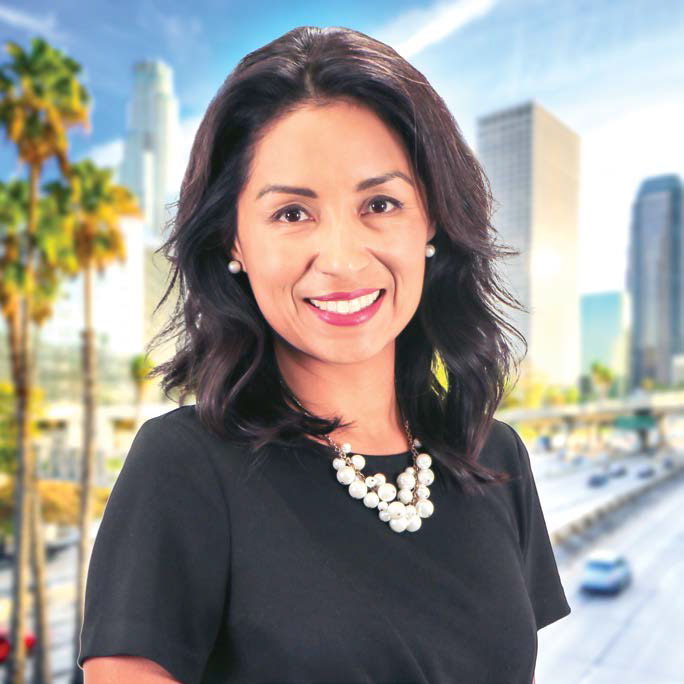
Sophia Mendoza, who began her career at Los Angeles Unified School District (LAUSD) as a kindergarten student, is now director of the Instructional Technology Initiative where she oversees the implementation of instructional technology across the nation’s second-largest school district. Mendoza says it’s important to her to give back to the district that opened so many doors for her. She was recently named a NextGeneration Leader by EdScoop and CoSN, an honor that recognizes her work in coordinating instructional technology initiatives across the 400 schools that comprise LAUSD.
The focus is on leading with instruction, Mendoza says. The shift has been away from the device as the catalyst and towards pedagogy and lesson design enhanced with technology, with a new refreshed focus on personalized learning for the district’s 589,000 K–12 students. In addition to integrating the K–12 Computer Science Framework and the US Department of Education’s National EdTech Plan, LAUSD was the first district in the nation to adopt the refreshed 2016 ISTE Standards for Students.
Partnerships are important as well, Mendoza says, and LAUSD has established key collaborations with, for example, Common Sense Media and Code.org. These partnerships support professional development efforts for teachers as they engage in leveraging technology to create a personalized learning environment for students. Other LAUSD initiatives include a three-day series for principals and their leadership teams to set their instructional technology vision, which is crucial for a department that leads with instruction. They then return to their schools and share the information—including digital resources and practices grounded in pedagogy that teachers can use with students around various concepts included in the ISTE standards. But, Mendoza warns, the tools are never the focus—this is a lesson learned from the district’s past initiatives. Current priorities for LAUSD’s instructional technology efforts center on expanding digital citizenship supports, creating access to computer science education for all students, and developing professional learning opportunities that cross-stitch digital tools and rigorous instructional practices.
STACEY CHILDRESS
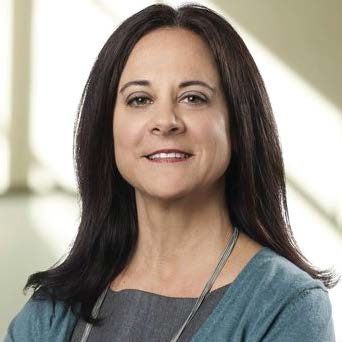
No one knows what the economy will look like when today’s kindergarteners graduate from high school in 2030. The opportunity we have, says NewSchools Venture Fund CEO Stacey Childress, is to reimagine school so students have a strong academic foundation and develop other important mindsets, habits, and skills for long-term success.
As NewSchools celebrates its 20th anniversary, Childress is leading the organization—and the sector—to look to the future. What trends will drive the next 20 years of education innovation in pre-K–12 learning? NewSchools, a venture philanthropy, raises charitable funds to invest in teams of educators and education entrepreneurs with the vision and skills to reimagine learning so all students finish high school prepared and inspired to achieve their most ambitious dreams and plans.
Childress is optimistic about a new wave of opportunities for creating innovative schools and developing education technology to help deepen and accelerate student learning. There are early signs that emerging technologies such as artificial intelligence, augmented and virtual reality, and machine learning are creating fresh possibilities. We need smart, accessible market intelligence that gathers wisdom from educators, students, and other experts, Childress says, as well as R&D hubs or funds to make significant long-term investments in ideas for applying these technologies to help solve persistent learning challenges.
Childress, who previously taught education entrepreneurship at Harvard Business School, spent a decade as a leader in the private sector and led the K–12 Next Generation Learning team at the Bill & Melinda Gates Foundation. She is a strong voice advocating for a coordinated and sustainable ecosystem for innovation that will bring new voices and ideas in to the design and creation of innovative schools.
